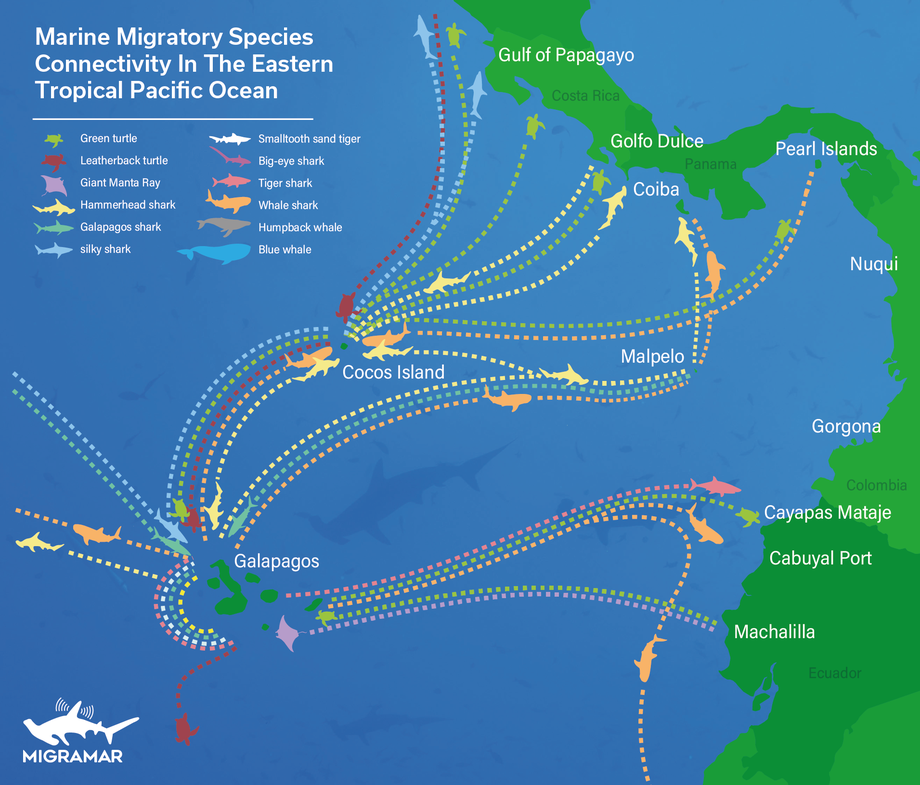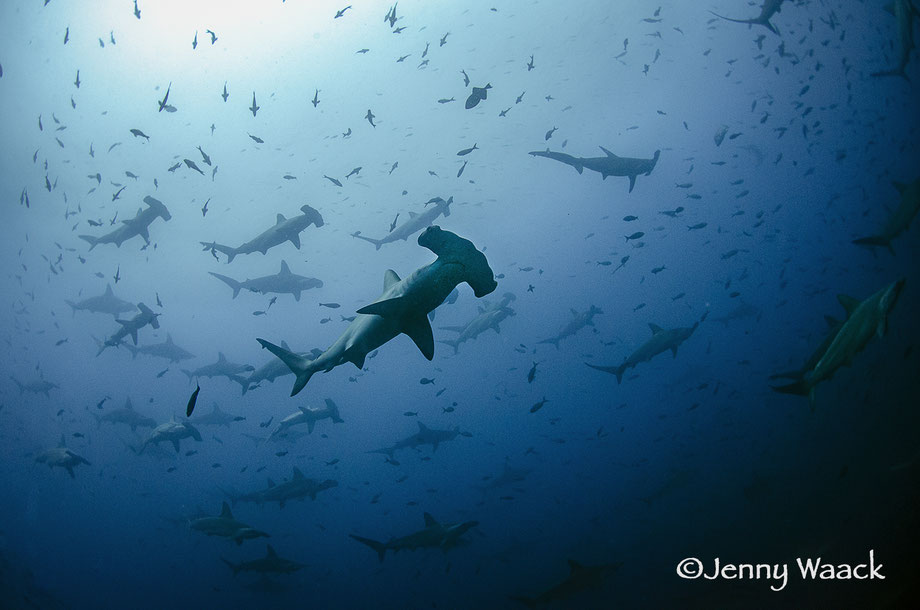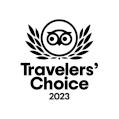Learn more about the Creation and Extension of the Galapagos Marine Reserve
The creation of the Galapagos Marine Reserve, (GMR) in 1998 heralded a new era and level of protection and conservation for the waters surrounding this iconic archipelago. Many of the species found here are endemic or unique to the Galapagos.
However most of the pelagic species, sharks, rays, turtles and marine mammals do not remain within the protected area and are highly migratory, literally crossing the oceans.

In 2005 the Galapagos Whale Shark Project was initiated in order to study the local and regional movements of whale sharks, Rhincodon typus, a species known to move extensively in the marine environment, both vertically and geographically.
Data from satellite tags showed graphically just how far these sharks are travelling and how much of their time is spent in unprotected waters, exposed to the risks of industrial fisheries, vessel collision and plastic pollution.
Their tracks also showed a high level of connectivity with other geographical areas and island ecosystems such as the Cocos National Park of Costa Rica, considered another biodiverse marine hotspot of our planet.

Data from similar studies, that included many other pelagic species also confirmed the importance of a marine corridor, or “Swimway” that exists between Galapagos and Cocos and that in order to provide further protection to these species, this area was identified as one of high priority for conservation by scientists and marine conservation organizations.
This combined data was then presented to the governments of Ecuador and Costa Rica and in October of 2021, the Presidents of the two nations declared the Swimway a Marine Protected Area, effectively creating a conservation area of 120,000km2 (75,000 sq. miles) and providing an expansion of the Galapagos Marine Reserve.
This is a major step towards protecting the Chinese fleet that have repeatedly converged on the GMR with over 300 vessels. The world was shocked by the detention of the Fu Yuan Yu Leng 999 in 2017, inside the marine reserve with over 7000 sharks, including many endangered and critically endangered species.

It is hoped that the creation of the Galapagos – Cocos Swimway and further protective measures will help prevent such practices in the future but more action is needed. The Galapagos Whale Shark Project is supported by conservation groups such as the Galapagos Conservation Trust and Save our Seas Foundation and dive operators like Galapagos Shark Diving that help raise awareness and funding with dive trips to the Galapagos Islands.
Find out more about how YOU can help here:
https://www.galapagossharkdiving.com/en/about-us/citizen-science/









Write a comment